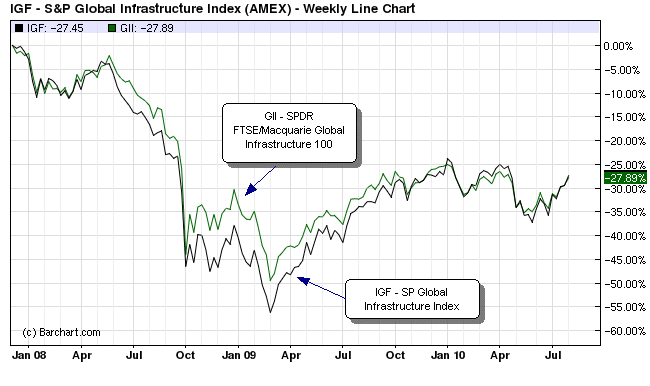Nasdaq developing ETF service July 25 2005
Post on: 5 Май, 2015 No Comment

Nasdaq developing ETF service
Program to target small investors who dollar-cost average -July 25, 2005 July 25, 2005-BOSTON-The Nasdaq Stock Exchange is working on a new exchange-traded fund service that would sidestep a major stumbling block for investors who contribute small amounts: the broker commissions that can negate the low costs of ETFs.
The exchange is collaborating with an unnamed partner, presumably a brokerage firm, to allow investors without a brokerage account to accumulate money and occasionally purchase shares of the popular Nasdaq-100 Trust or Cubes, said John Jacobs, chief executive of Nasdaq Global Funds Inc. a subsidiary of the exchange.
This service is designed for small investors who want to dollar-cost average in ETFs, Jacobs said. Dollar-cost averaging is a common strategy of adding small sums to investments on a periodic basis, for example monthly.
Low fees are one of the most widely-touted benefits of ETFs, yet broker commissions can erode the cost savings if investors contribute smaller amounts frequently. The ETF service may be launched as soon as the third quarter, Jacobs said.
The exchange is looking to price trades at $1 or $2 each, he said, adding that the exact costs will be determined by how frequently investors will be able to send in money, and when the cash will be invested.
If the pilot program with the Cubes is successful, it could be expanded to include other Nasdaq funds that invest in American Depositary Receipts of international company shares: BLDRS Asia 50 ADR Index, BLDRs Developed Markets 100 ADR Index, BLDRS Emerging Markets 50 ADR Index and BLDRS Europe 100 ADR Index.
Softening the bite of commissions
Jacobs said the Nasdaq is attempting to address two hurdles for smaller investors when it comes to ETFs. First, many investors are not accustomed to using broker accounts or buying individual stocks, and ETFs trade on an exchange throughout the day like individual securities. Also, some investors are not used to paying broker commissions, since they normally send cash directly to mutual-fund companies.
Commissions are lower today with discount brokers, but they’re still significant for investors who are contributing small amounts on a regular basis, Jacobs said. He added the service is similar to direct purchase programs, which allow companies to sell stock directly to investors without going through a broker. If the Nasdaq’s program catches on, observers say it could help tap a huge potential market for the $240 billion ETF market. Hedge funds and institutions have been the early adopters of ETFs, although they are seeing a growing base of financial advisers and retail investors. There’s a threshold where it doesn’t make sense for small investors to dollar-cost average with an ETF, and they’re better off with mutual funds, said Jim Wiandt, editor of the Journal of Indexes. The commissions can become a large percentage of assets, and there’s also the bid/ask spread in ETFs, he said, adding that the Cubes ETF is a natural choice to kick off the Nasdaq’s service, given its traditional popularity with individual investors.
The Nasdaq-100 Cubes are a common proxy for the U.S. technology sector, and the fund is often the highest-traded security on any given day. Last year the ETF moved its listing from the American Stock Exchange to the Nasdaq.
Other firms are working on breaking ETFs into retirement plans by bundling trades together to reduce the bite of broker commissions. They’re aggregating buys and sells to generate economies of scale to make it cheaper for investors, said Wiandt.
This seems to be the direction ETFs are heading, with 401(k) retirement plans looking to allow investors to dollar-cost average for less, he said.














